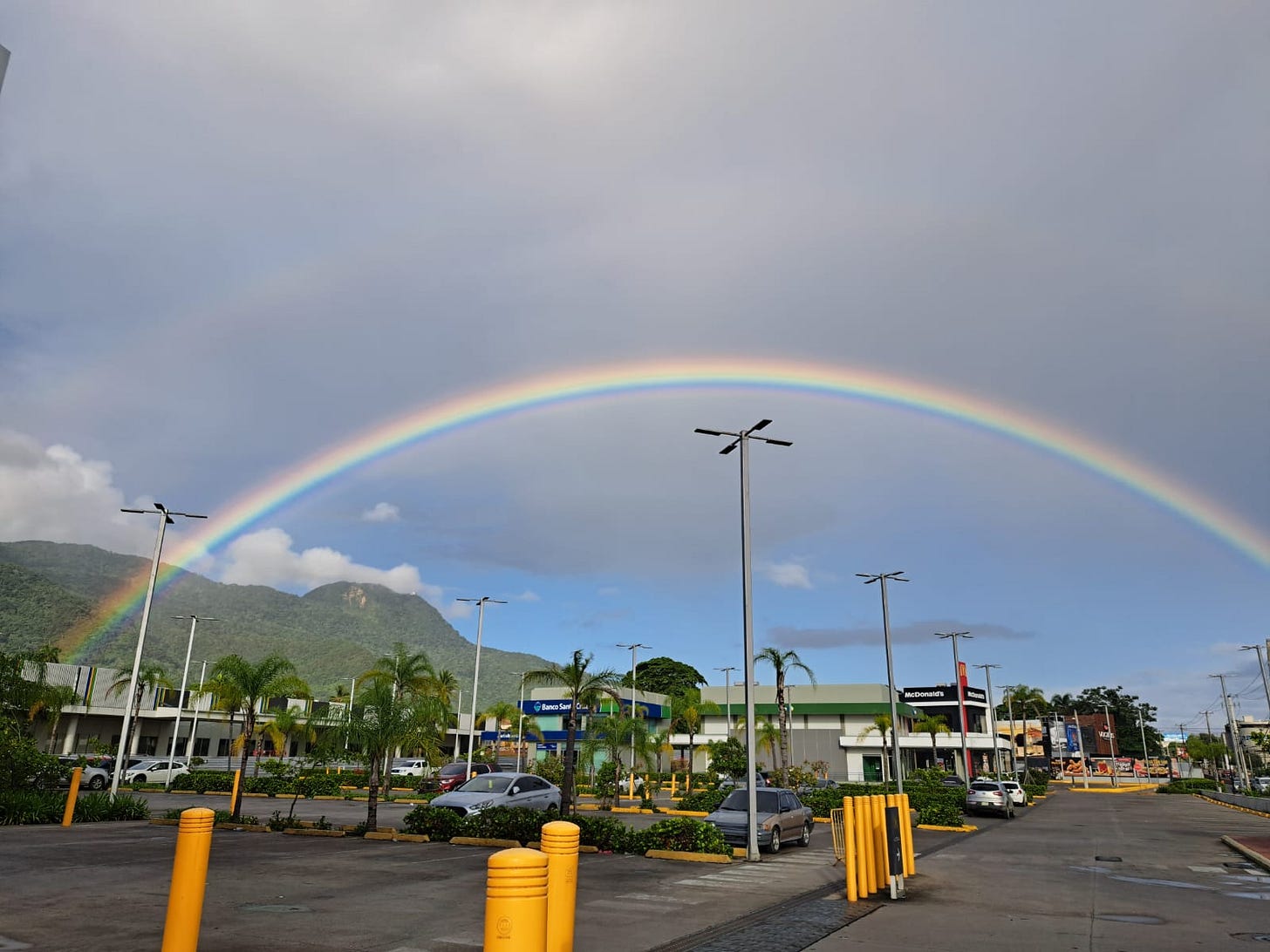Water Woes in the Dominican Republic: Safety, Shortages and How to Prepare
What every expat, traveler, and future resident should know about drinking water, outages, and staying prepared in the Dominican Republic
Water, we all need it.
We’re drawn to it.
It’s essential to our everyday lives.
If you're like me and grew up with drinkable tap water that never stopped running, count your blessings.
A good filtration system isn't the norm in many places, and having endless water at your fingertips isn't either.
What I Thought I Knew About Water
Growing up, I would occasionally see commercials about charity programs helping supply water to those less fortunate around the world. Between my time in the U.S. and Canada, I personally never experienced a lack of water, or undrinkable tap water.
It wasn’t until a vacation to Mexico that I saw a water caution sign for the first time: Do not drink the tap water.
This was years ago, back when everyone still drank from the tap. Before we all got too bougie for tap water and switched to bottled water, lol.
Fast forward to more recent times, where hardly anyone drinks from the tap anymore—it’s bottled water or nothing.
On my first visit to the Dominican Republic, I was about to discover that the water filtration system was different from anything I’d ever known.
Through firsthand experience, I learned not to drink the tap water. The best part? I lived to tell the story, lol.
To make a short story shorter: I bought a can of soup from a grocery store near my short-term rental in Santo Domingo. Once I noticed the portion was too small, I added some water from the tap—completely forgetting that the water isn't meant for consumption.
A few hours later, I found myself dizzy, with an upset stomach, and spent the rest of the evening regretting that decision. That was my first unpleasant experience with non-drinkable tap water in DR.
Is Tap Water in the DR Actually Dangerous?
Most household water in the Dominican Republic comes from rivers, wells, and reservoirs.
I did some quick research and found out that the country's water filtration system isn’t always reliable.
While some areas have treatment plants, contamination from old pipes and inconsistent filtration makes the tap water unsafe to drink.
The risk of bacteria and pollutants is why drinking bottled water is the safer option.
Now that we got all doom and gloom out of the way—looking on the bright side:
The water is useful for bathing, brushing your teeth, washing and any other use, except drinking.
If you boil the water first, you can use it for cooking without an issue.
As I mentioned earlier with the soup mishap, whatI should've done was boil the water first. Simple as that.
How People Make Tap Water Safe to Drink
Tap water in the Dominican Republic isn't safe to drink straight from the faucet, but there are reliable ways to make it drinkable.
Most homes use filtration systems like reverse osmosis units, which remove bacteria, parasites, and chemicals. Some also include UV sterilizers to kill any leftover.
Other options include portable water purifiers—really handy for travel or day to day use.
So yes, with the right set up, it’s entirely possible to drink treated tap water safely in the DR.
Water Cost and Dealing with Shortages
From my experience paying water bills here, the cost is very low.
Even after speaking with many landlords, I’ve found it's usually just a few hundred pesos a month—under $3.50 USD. In many cases, landlords include it in the rent or waive it entirely.
Now, I won’t generalize for the entire country, but I will say this: water shortages do happen in some areas.
In one place I lived, the water could be off for days at a time.
In another, it was much less of an issue, the water would go out occasionally, but only for an hour or two .
Then you have other places where water shortages aren’t an issue at all.
So What Happens If the Water Cuts Out?
You've got options:
Botellón (a 5-gallon jug of drinking water). That’s usually your go-to.
Store water ahead of time—a common habit.
Order water—call a local company, and on the same day, a water truck will deliver non-drinking water for household use.
You’ll need something large to store it—we used our three empty barrels. The time we had to do this was after a week without running water in our building. It cost us just 200 pesos (about $3.50 USD), and honestly, it was well worth it.
That particular outage was caused by a major storm that damaged a pipeline, affecting water access across the whole province.
Luckily, the Dominican Republic has fast-track websites where you can check updates on outages and estimated repair times.
The most common and effective way to avoid dealing with water shortages here is to install a water tank (tinaco). Most buildings and homes already have one—it’s actually rare not to. A tinaco gives you a backup water supply whenever the municipal water is down.
A Water-Rich Island With a Water Problem
Surrounded by beautiful waters, occasional sun showers, and a distinct rainy season, the Dominican Republic still faces an urgent need for improved access to safely managed drinking water.
The government is actively addressing this through major infrastructure investments.
In some places, like Jarabacoa, the water flows clean from the mountains. Locals even drink right from the stream—and a lot of bottled water sold here comes from those natural sources.
I don’t always check where my bottled water is from, but I’ve ended up trying water from different provinces. They all have their own unique taste—maybe in the near future, I’ll be a water connoisseur, lol.
Life in Dominican Republic is a reader-supported publication. To receive new posts and support my work, consider becoming a free or paid subscriber.









So crazy! I'm so picky about drinking water. We "supposedly" can drink our tap water but since I"ve lived in places it wasn't safe I don't take chances. But the bottled water thing is contributing to the plastic problem. I'm guilty as charged. I guess it's time to invest in a water purification system. I just hate doing so because when I put one in it's almost a guarantee I'll be moving (guess this is motivation enough to speed things up). Good article.
You forgot to mention rain water....we leave 3-6 5 gallon buckets outside to collect rain water...not great for drinking...but it flushes toilets and washes dishes!!!